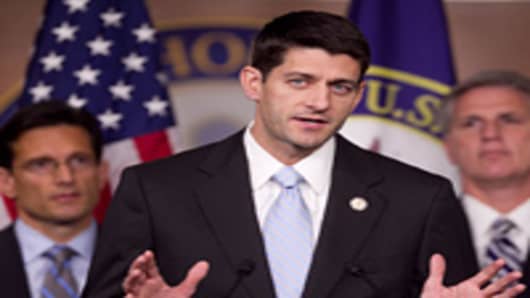With the Republican national convention just twenty days out, the excitement over thepotential vice presidential nominees is building.
This means that presumptive Republican presidential nominee Mitt Romney will make his announcement over the next two weeks, and maybe as early as this Thursday.
For Romney, and his hopes of becoming president, the pick is crucial and matters to the electorate: 74% of registered voters say the selection of a running mate will matter. More importantly, the choice will likely send a clear message about not only Romney’s candidacy, but also about the future direction of the party.
While this is fascinating for political pundits, it also should garner the attention of the markets for the selection will send a clear message on what policy will be under a Romney presidency.
This is no small matter given the Herculean tasks the next president of the United States faces.
From cleaning out the fiscal stables to killing the Hydra-like spending, our champion must fulfill the many tasks to achieve financial and economic redemption.
The choice of the next president of the United States will likely decide whether the country remains mired in slow economic — and fast debt — growth. It is a unique opportunity for the United States to re-set tax policy to encourage investment and create growth that will not only employ more, but also reduce the deficits.
Unlike the myth, a presidential candidate gets to pick someone to share the challenge. Therefore, the choice of a running mate is critical.
Here are my top three choices for both election outcome and the market reaction.
1. Paul Ryan.







